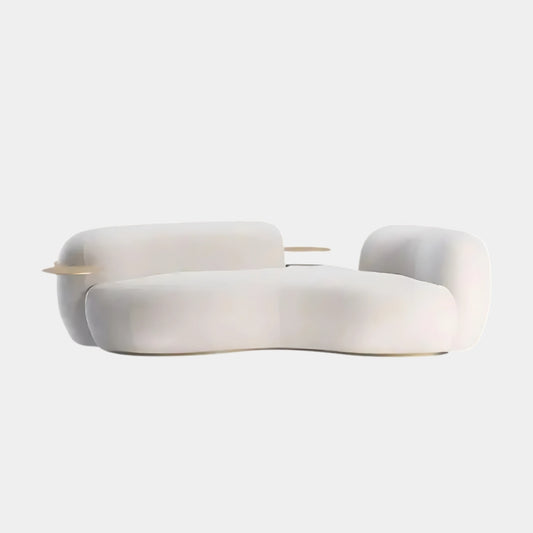Many homeowners turn to ancient design philosophies like Vastu Shastra and Feng Shui in the quest for a harmonious and peaceful home. These time-tested systems offer guidance on how to align your living space with nature’s energy to promote peace, prosperity, and good health. But which one should you follow—Vastu Shastra or Feng Shui?
In this blog, we’ll explore the key principles of both, compare their core differences, and help you decide which one is best suited for your home and lifestyle.
What is Vastu Shastra?
Vastu Shastra is an ancient Indian architectural science that translates to “science of architecture.” Dating back over 5000 years, it lays down guidelines for the construction and layout of homes, offices, and temples to harness the power of the five natural elements: Earth, Water, Fire, Air, and Space.
Vastu Shastra Tips for Home:
-
Entrance Door: Should face north or east to allow maximum positive energy to flow in.
-
Directions for the Bedroom: For stability, the master bedroom should be in the southwest corner.
-
Kitchen Placement: Southeast is ideal, aligning with the element of fire.
-
Toilets: Never locate them in the middle or northeast of the home.
Vastu aims to bring positive energy in the house by harmonizing physical spaces with cosmic forces.
What is Feng Shui?
Originating from ancient China, Feng Shui (meaning "Wind" and "Water") is the art of arranging your environment to enhance Chi — the life force or energy flow. It focuses on balancing the Yin and Yang energies and using the Five Elements: Wood, Fire, Earth, Metal, and Water.
Feng Shui Principles for Home:
-
The Main Door: It should be well-lit and open freely to let in energy.
-
Bagua Map: A Feng Shui tool used to divide your home into nine areas like wealth, health, and relationships.
-
Clutter-Free Spaces: Keeping areas clean and tidy helps energy flow smoothly.
-
Mirrors: Strategically placed to reflect light and energy but never facing the bed or main door.
By rearranging items and orientations according to energy flow, feng shui encourages energy balance in the home.
Important Distinctions Between Feng Shui and Vastu Shastra
While both systems aim to create a positive, balanced living space, they differ significantly in philosophy, tools, and application.
|
Aspect |
Vastu Shastra |
Feng Shui |
|
Origin |
India |
China |
|
Foundation |
Five Elements (Pancha Bhootas) |
Five Elements (Wu Xing) |
|
Energy Concept |
Cosmic energy based on direction |
Flow of Chi or energy |
|
Directional Basis |
Fixed directions (North, East, etc.) |
Magnetic compass & Bagua map |
|
Tools Used |
Vastu Purusha Mandala |
Compass, Crystals, Bagua |
|
Flexibility |
More rigid and structural |
More flexible and adaptable |
|
Application |
Ideally during construction |
Can be applied anytime |
When to Choose Vastu Shastra
You might prefer Vastu Shastra if:
-
You are constructing a new home and want to integrate Vastu principles from the foundation.
-
You believe in the traditional Indian architectural system.
-
You are looking for a structured, rule-based approach to home design.
-
You want to align your house with planetary and directional energies.
Following Vastu for home entrance, bedroom direction, and kitchen location can create a strong foundation for health and wealth.
When to Choose Feng Shui
You might lean toward Feng Shui if:
-
Your home is already built and you want to enhance the energy without structural changes.
-
You appreciate symbolic and spiritual practices like yin-yang balance, crystals, and plants.
-
You want an intuitive and flexible method of improving your environment.
-
You seek to apply Feng Shui principles for success, relationships, or prosperity.
Feng Shui’s adaptability makes it especially appealing in urban apartments or homes where reconstruction is not feasible.
Can You Combine Vastu and Feng Shui?
A popular question is: Can Vastu and Feng Shui be used together? The answer is yes — with awareness. While they differ in origin and approach, their underlying goal of energy alignment is similar.
Here’s how to combine them effectively:
-
Use Vastu guidelines for structural elements like room placement, entrances, and layout.
-
Apply Feng Shui cures and enhancements like mirrors, indoor plants, water fountains, and color adjustments to fine-tune the energy.
For example, if Vastu suggests the northeast corner should be clutter-free, and Feng Shui says a water feature here enhances wealth, you can place a small, clean water fountain in that area — satisfying both traditions.
Which One Is Better for You?
Ultimately, the choice between Vastu Shastra vs. Feng Shui depends on your personal beliefs, home situation, and lifestyle needs.
Follow Vastu Shastra if you:
-
Are building a new house from scratch.
-
Believe in Indian traditions and cultural systems.
-
Want a directional and element-based architectural foundation.
Follow Feng Shui if you:
-
Live in a ready-made home or apartment.
-
Prefer symbolic changes and energy flow adjustments.
-
Want to apply subtle improvements without structural changes.
Both systems can bring peace, harmony, and prosperity to your life — the key is in mindfully applying what resonates with you.












